Growth in Plastics and Polymers
The Ultramarine Pigment Market Industry is witnessing significant growth due to the increasing utilization of ultramarine pigments in plastics and polymers. These pigments are favored for their excellent thermal stability and colorfastness, making them ideal for various applications, including packaging, automotive, and consumer goods. In 2025, the plastics segment is expected to contribute a considerable portion of the overall market revenue, as manufacturers prioritize the incorporation of high-performance pigments to enhance product quality. Furthermore, the rising trend of lightweight materials in the automotive industry is likely to bolster the demand for ultramarine pigments, as they provide vibrant colors without compromising on performance. This trend suggests a promising outlook for the Ultramarine Pigment Market Industry, as it adapts to the evolving needs of diverse sectors.
Expansion in Construction Sector
The Ultramarine Pigment Market Industry is benefiting from the expansion of the construction sector, which increasingly incorporates ultramarine pigments in various applications. These pigments are utilized in decorative coatings, concrete, and masonry products, providing aesthetic appeal and durability. As urbanization continues to rise, the demand for innovative building materials is expected to surge, leading to a heightened interest in ultramarine pigments. In 2025, the construction industry is projected to be a key driver of market growth, as architects and builders seek to create visually appealing structures that stand the test of time. This trend indicates that the Ultramarine Pigment Market Industry is well-positioned to capitalize on the ongoing developments in construction, aligning with the growing emphasis on design and sustainability.
Rising Demand in Paint and Coatings
The Ultramarine Pigment Market Industry is experiencing a notable increase in demand from the paint and coatings sector. This growth is primarily driven by the rising need for high-quality pigments that offer vibrant colors and excellent durability. In 2025, the paint and coatings segment is projected to account for a substantial share of the market, as manufacturers seek to enhance product performance and aesthetic appeal. The shift towards eco-friendly formulations further propels the demand for ultramarine pigments, which are known for their non-toxic properties. As a result, companies are investing in research and development to innovate and improve pigment formulations, thereby expanding their market presence. This trend indicates a robust future for the Ultramarine Pigment Market Industry, as it aligns with the evolving preferences of consumers and regulatory standards.
Increased Awareness of Aesthetic Appeal
The Ultramarine Pigment Market Industry is experiencing a surge in demand driven by the increasing awareness of aesthetic appeal across various sectors. Consumers are becoming more discerning about color quality and vibrancy in products, leading to a greater emphasis on high-performance pigments. In 2025, industries such as cosmetics, textiles, and home decor are expected to significantly contribute to the market, as they prioritize the use of ultramarine pigments to enhance product attractiveness. This trend suggests that manufacturers are likely to invest in innovative formulations and marketing strategies to meet consumer expectations. The growing focus on aesthetics indicates a promising trajectory for the Ultramarine Pigment Market Industry, as it adapts to the evolving preferences of consumers seeking visually striking products.
Regulatory Support for Non-Toxic Pigments
The Ultramarine Pigment Market Industry is poised for growth due to increasing regulatory support for non-toxic and environmentally friendly pigments. Governments and regulatory bodies are implementing stringent guidelines to promote the use of safe materials in various applications, including paints, coatings, and plastics. This regulatory landscape is encouraging manufacturers to shift towards ultramarine pigments, which are recognized for their non-toxic properties and compliance with safety standards. In 2025, the emphasis on sustainability and safety is expected to drive market expansion, as companies seek to align their products with regulatory requirements. This trend indicates that the Ultramarine Pigment Market Industry is likely to thrive in an environment that prioritizes health and environmental considerations.


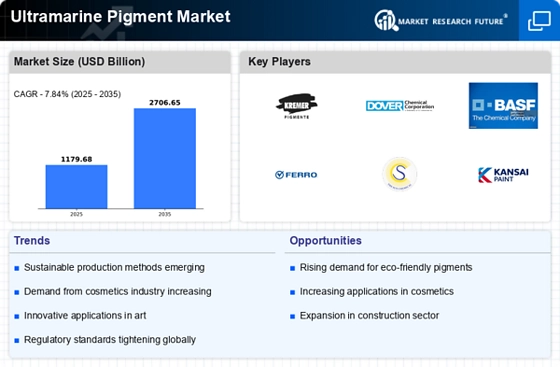
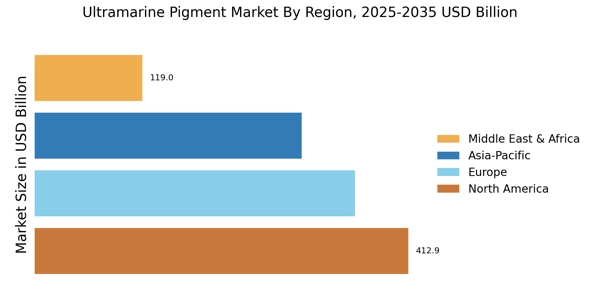

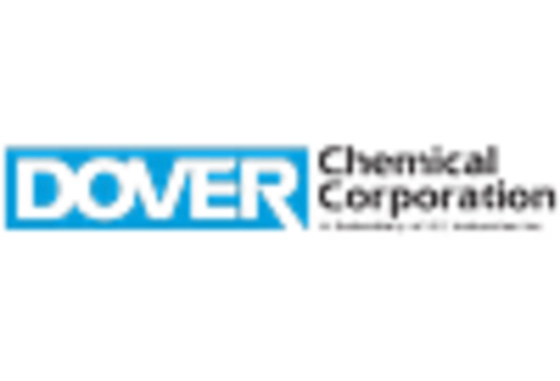
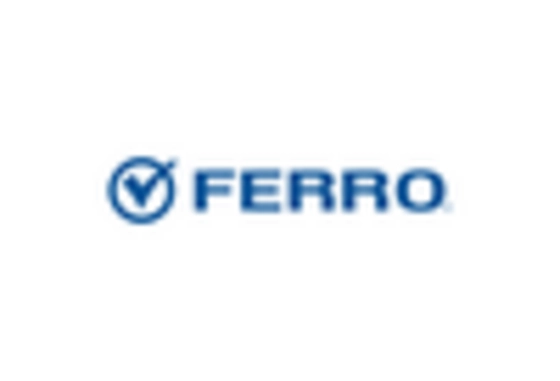
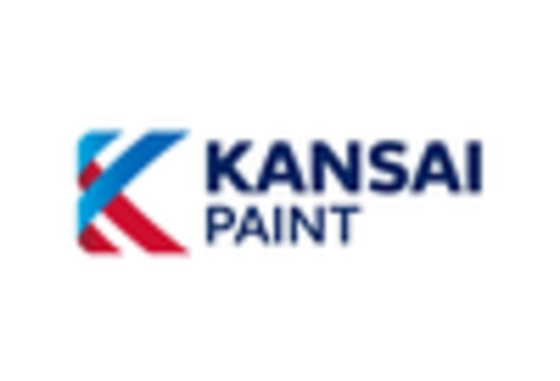
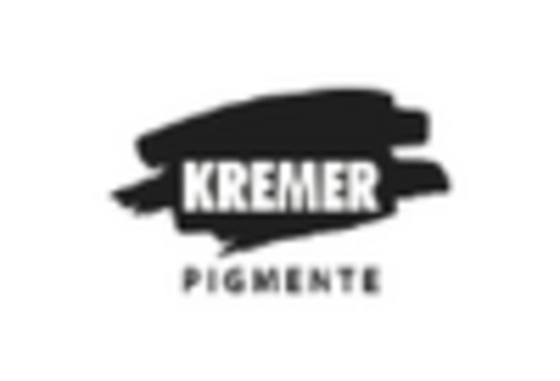
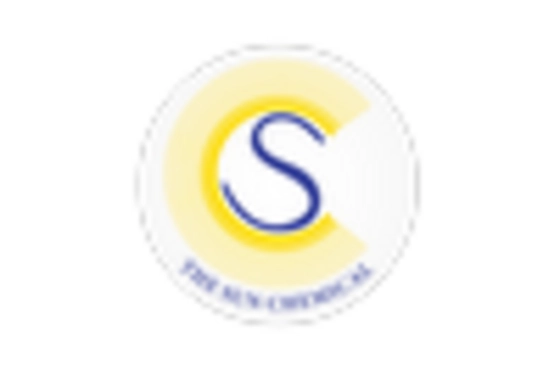








Leave a Comment